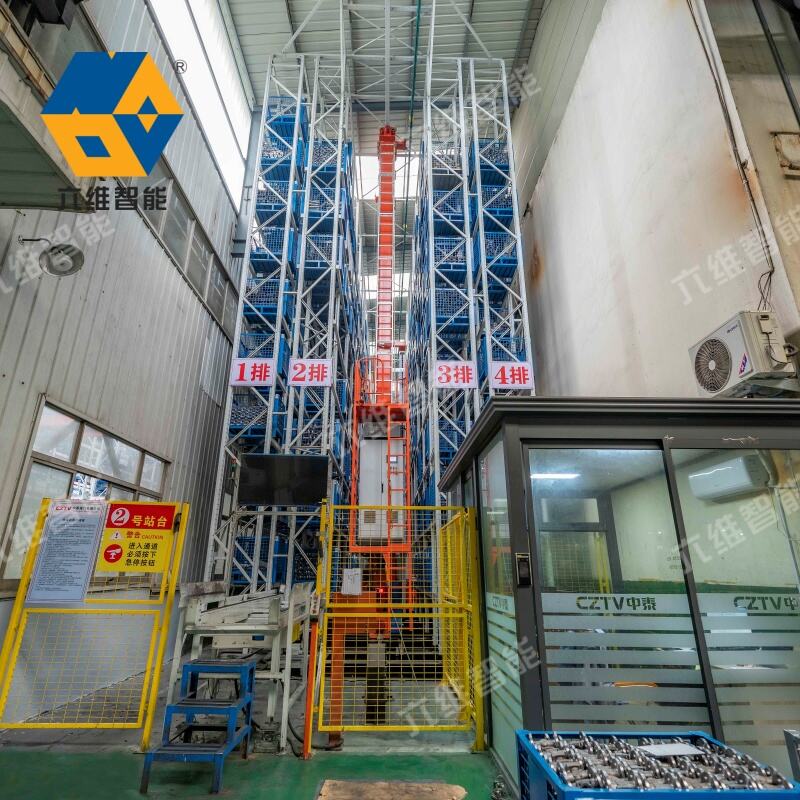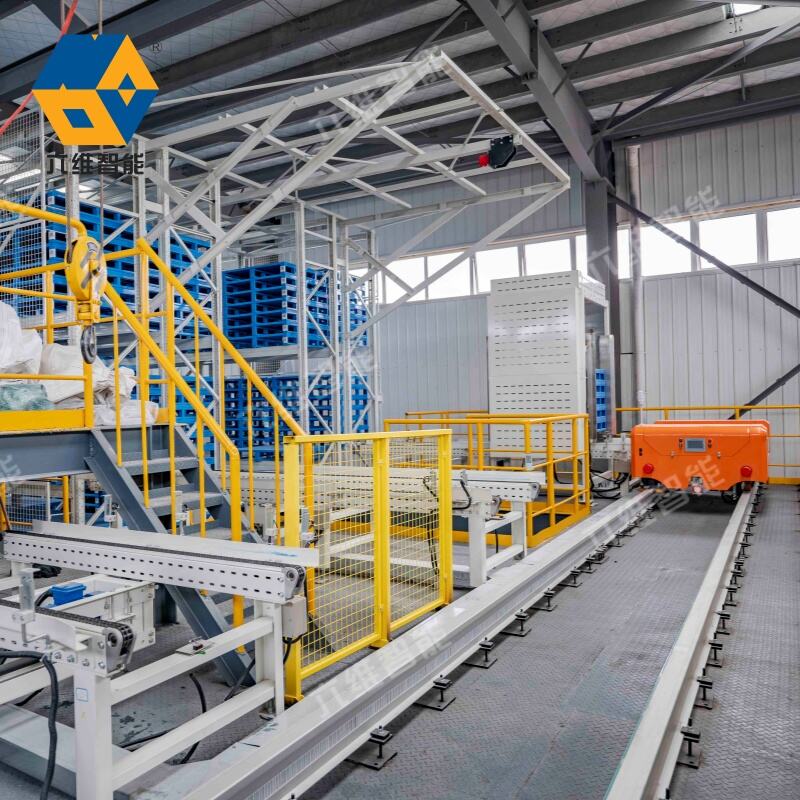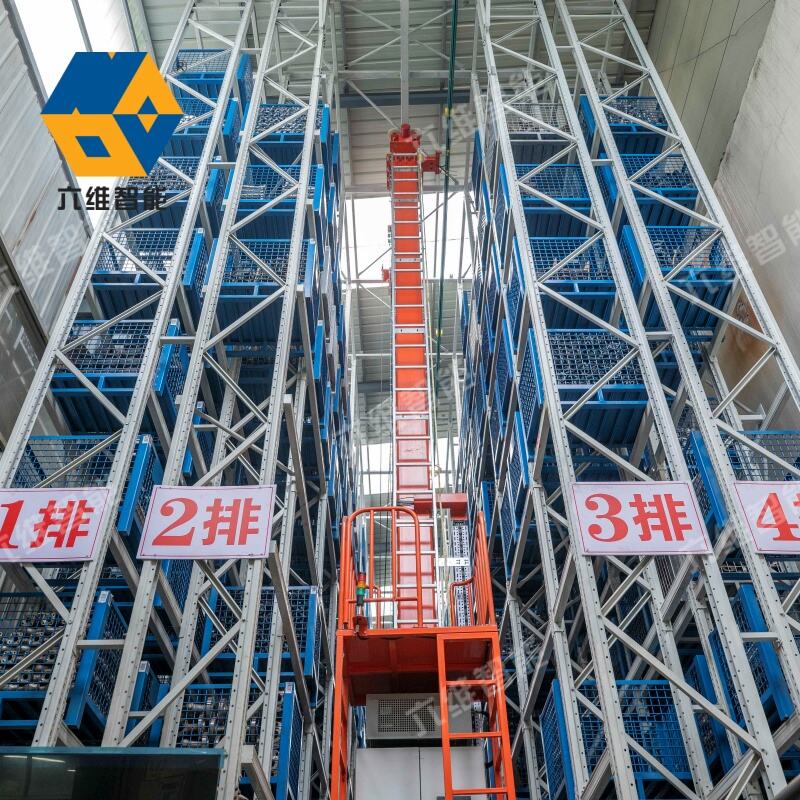automated storage systems
Automated storage systems represent a revolutionary advancement in warehousing and inventory management technology. These sophisticated systems combine robotics, computer control, and innovative storage methods to create highly efficient, space-optimized solutions for modern businesses. At their core, automated storage systems utilize computerized control systems that manage and track inventory movement through a network of conveyors, lifts, and robotic retrievers. These systems can operate in both vertical and horizontal configurations, maximizing storage density by utilizing available height and minimizing aisle space requirements. The technology incorporates advanced sensors and tracking systems that maintain real-time inventory counts and locations, while sophisticated algorithms optimize product placement and retrieval paths. These systems can handle various load types, from small parts to palletized goods, and can be customized to accommodate specific product dimensions and handling requirements. Modern automated storage systems also integrate seamlessly with warehouse management systems (WMS) and enterprise resource planning (ERP) software, enabling comprehensive inventory control and business intelligence capabilities. The systems operate 24/7 with minimal human intervention, significantly reducing labor costs while improving accuracy and efficiency in storage and retrieval operations.


